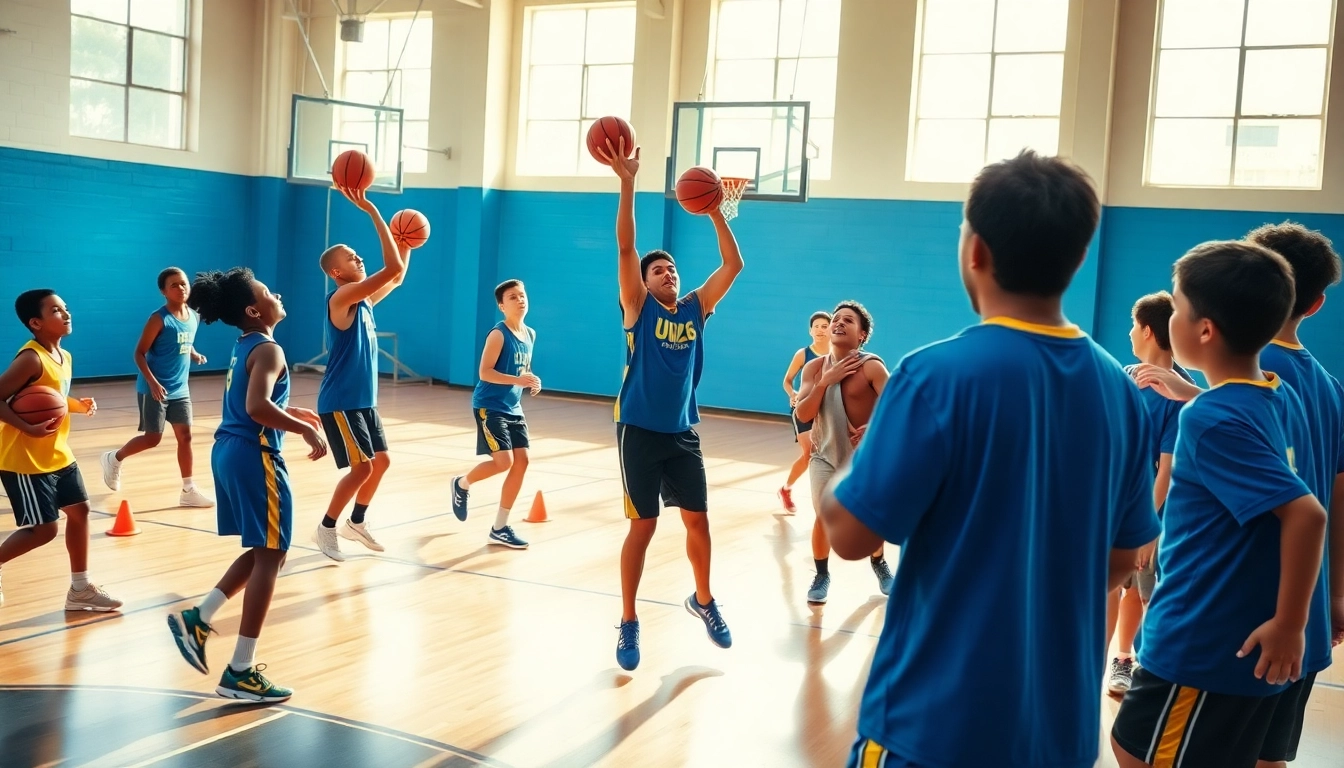Understanding Golf Swing Training Aids
What are Golf Swing Training Aids?
Golf swing training aids are tools designed to enhance the golfer’s swing mechanics, consistency, and overall performance. These aids can range from simple devices, like swing trainers and weighted clubs, to high-tech gadgets that provide real-time feedback on swing data. The primary goal of these tools is to help golfers identify and rectify flaws in their swing, enabling them to develop a more effective technique over time.
How They Benefit Your Game
Utilizing a golf swing training aid can lead to significant improvements in a player’s game. They assist in creating muscle memory, which is crucial for developing a repeatable swing. Many golfers struggle with consistent performance, often caused by improper mechanics. Training aids can help isolate specific aspects of the swing, allowing players to focus on one skill area at a time. Moreover, they can boost confidence by providing tangible feedback on improvements and aiding in skill development.
Common Types of Training Aids
Golf swing training aids come in various shapes and functionalities. Some of the most common types include:
- Weighted Clubs: These help build strength and improve swing speed.
- Alignment Sticks: Designed to ensure proper alignment and aim.
- Swing Trainers: These emphasize proper swing path and mechanics.
- Video Analysis Tools: Allow golfers to visualize their swing mechanics through recorded video.
Choosing the Right Golf Swing Training Aid
Factors to Consider When Selecting
Choosing the right training aid depends on various factors such as skill level, goals, and personal preferences. Beginners might benefit from simpler aids that emphasize basic mechanics, while advanced players may look for more technical devices that provide detailed analytics. It’s essential to consider your learning style; visual learners might prefer video tools, while kinesthetic learners may favor physical training aids.
Comparing Features and Benefits
When selecting a golf swing training aid, it’s vital to compare their features and benefits. Here are some comparison points:
- Ease of Use: Some aids are intuitive, while others require a learning curve.
- Portability: If you travel frequently, consider lighter options that are easy to carry.
- Feedback Quality: Devices that provide immediate feedback are more effective for self-correction.
- Durability: Look for training aids built from quality materials that can withstand regular use.
Top Recommendations for Different Skill Levels
Here’s a breakdown of recommended training aids based on skill level:
- Beginners: Look for basic alignment sticks or simple swing trainers that emphasize grip and stance.
- Intermediate: Weighted clubs and adjustable swing trainers that adapt to your swing mechanics work well.
- Advanced: Consider high-tech options like launch monitors or wearable technology that tracks swing data in real-time.
How to Use Golf Swing Training Aids Effectively
Integrating Aids into Your Practice Routine
A crucial aspect of using training aids is effectively incorporating them into your practice sessions. Start by dedicating specific time within your practice routine to work on key areas. For example, you might allocate 10-15 minutes of each session solely for drill work with your chosen training aid, ensuring you focus intently on the mechanics they address.
Monitoring Your Progress and Adjustments
Progress tracking is essential for understanding the effectiveness of your training aids. Keep a practice log where you record your observations and track improvements over time. Use metrics, such as swing speed and accuracy statistics, to gauge enhancements. Regularly assess whether the training aid is helping you meet your goals or if it’s time to switch to another tool.
Common Mistakes to Avoid
Many golfers fall into the trap of overusing training aids or using them incorrectly. Here are some common mistakes to be mindful of:
- Neglecting Fundamentals: Relying solely on training aids can cause players to overlook the essential swing fundamentals.
- Inconsistent Usage: Infrequent practice with training aids can lead to little to no improvement.
- Overcomplicating Techniques: It’s crucial to simplify your focus to avoid overwhelming yourself with too much information at once.
Real-Life Success Stories
Case Studies of Improved Performance
Countless golfers have seen their games improve significantly with the right training aids. For instance, a player with a consistent slice might incorporate alignment sticks to ensure proper aim and stance. After a few practice sessions, they could observe notable decreases in their miss directed shots, demonstrating the efficacy of aligning their body correctly.
Anecdotes from Golf Professionals
Many professional golfers openly endorse specific training aids that have contributed to their success. Players often credit swing trainers or launch monitors for helping them refine their skills. Anecdotes about how these tools helped players correct specific flaws in their swings—like improper rotation—are common within professional circles.
Lessons Learned from Amateur Players
Amateur golfers also share valuable insights regarding their experiences with training aids. Common lessons include understanding the importance of consistency in practice, as well as recognizing when certain aids should be set aside once specific skills have been mastered. These players often find that their improvement is not solely dependent on equipment but also on the correct mindset and dedicated practice time.
Future Trends in Golf Training Technology
Innovations in Training Aid Design
The future of golf training technology is promising, with innovations rapidly evolving. Advances in materials science are leading to lighter, more durable, and more effective training aids. The integration of AI and machine learning into training tools offers real-time coaching tailored to individual players, enhancing the personalization of training experiences.
The Role of Technology in Golf Training
Technology’s role in golf training continues to expand, with various devices now providing data analytics and insights that were previously unavailable. Drones that capture aerial views of swings, along with apps that use augmented reality to illustrate desired mechanics, are becoming more mainstream. This trend indicates a shift towards data-driven training methodologies that closely monitor player development.
Predictions for the Next Generation of Golf Training Aids
Looking ahead, we can expect the next generation of golf training aids to further integrate technology, potentially offering virtual coaching and gamified training experiences. Wearable technologies that track biometric data during play may help players understand their physical reactions during swings, providing a comprehensive view of their games. The future is undoubtedly leaning towards intelligent technology that makes practice even more efficient and effective for players of all levels.












Leave a Reply